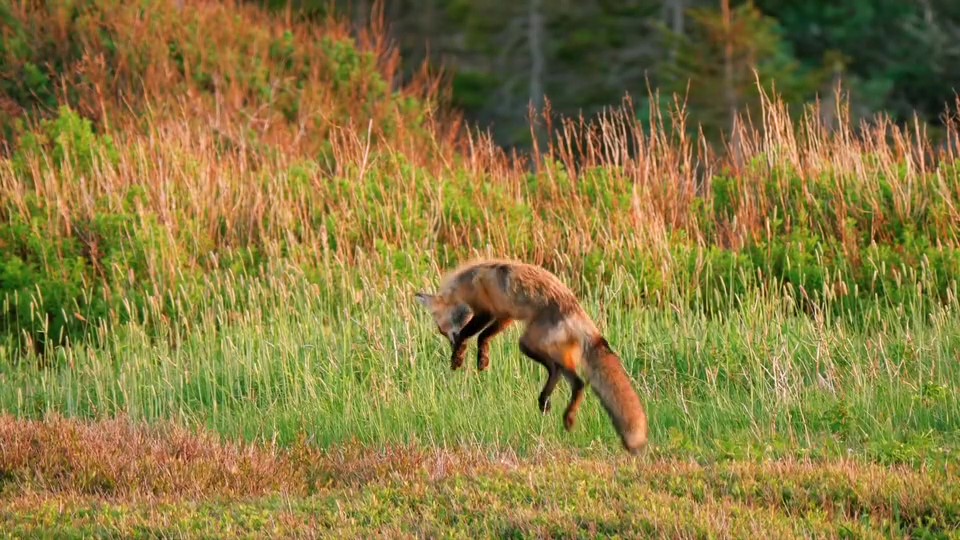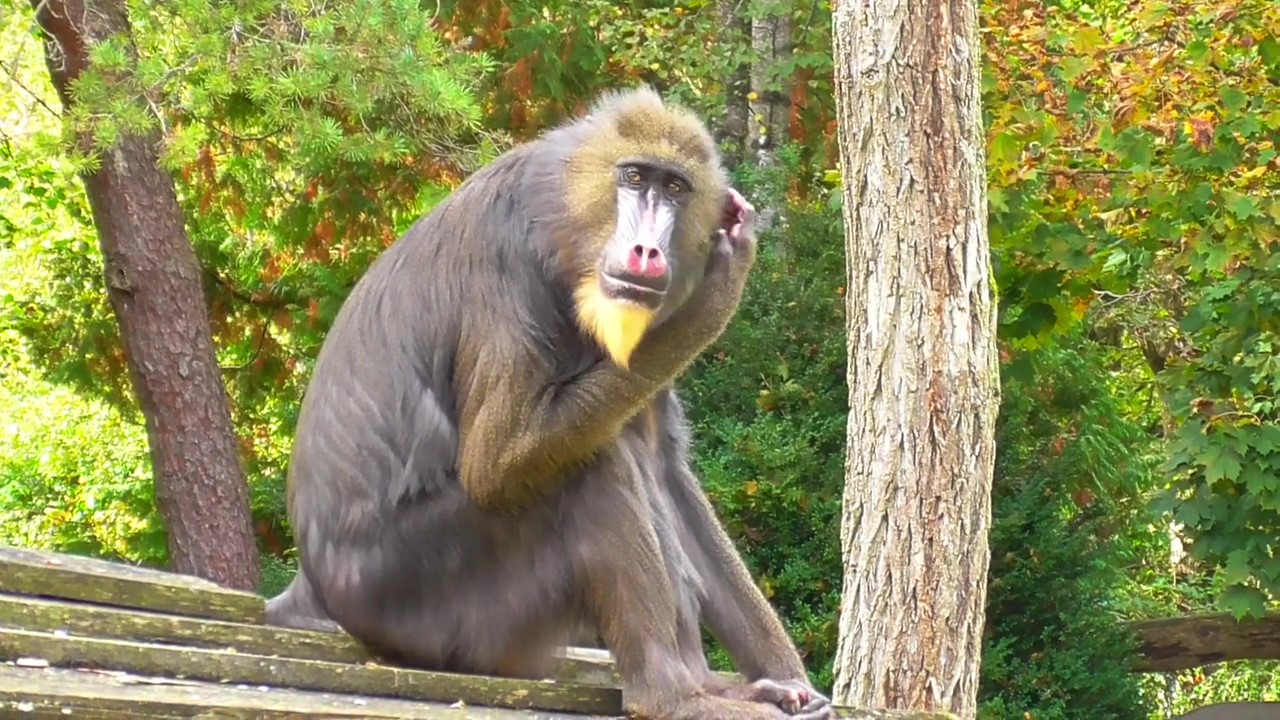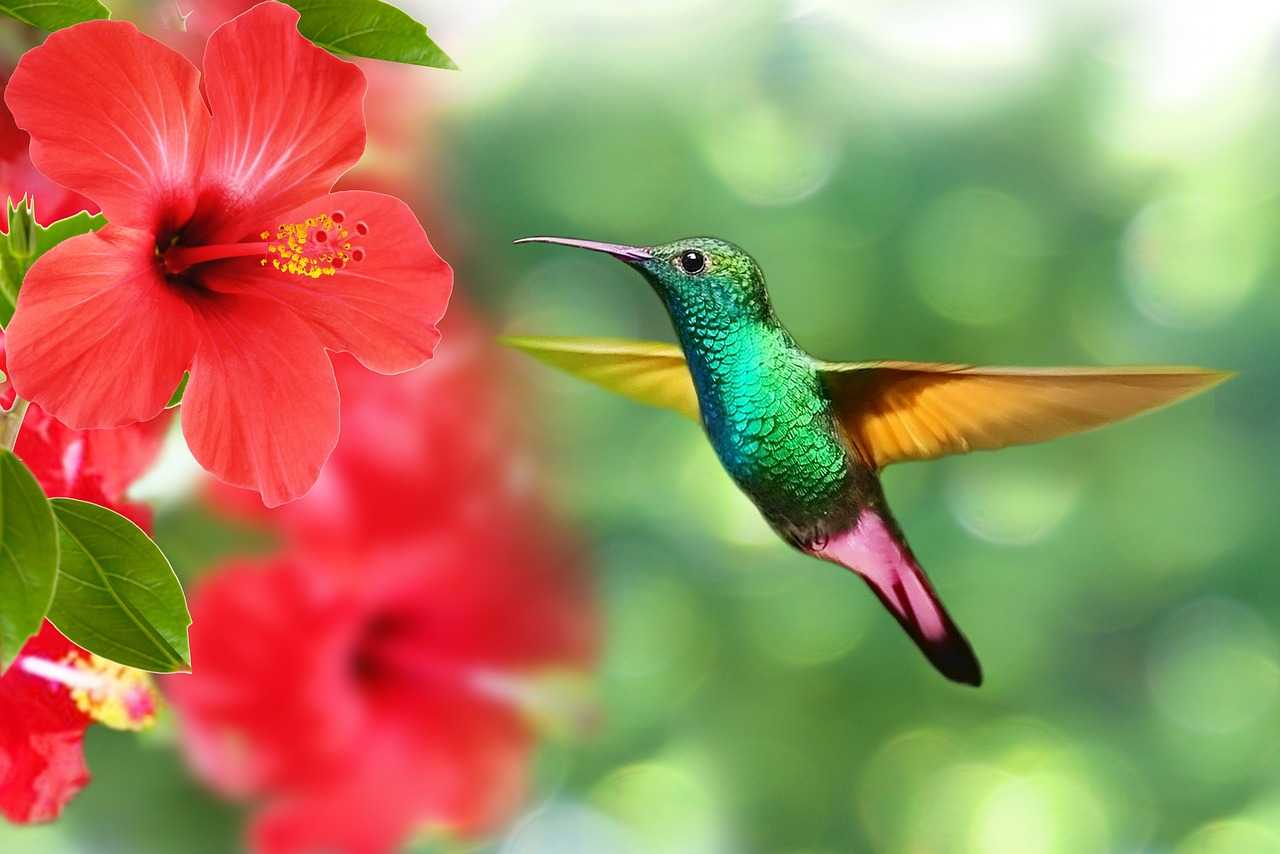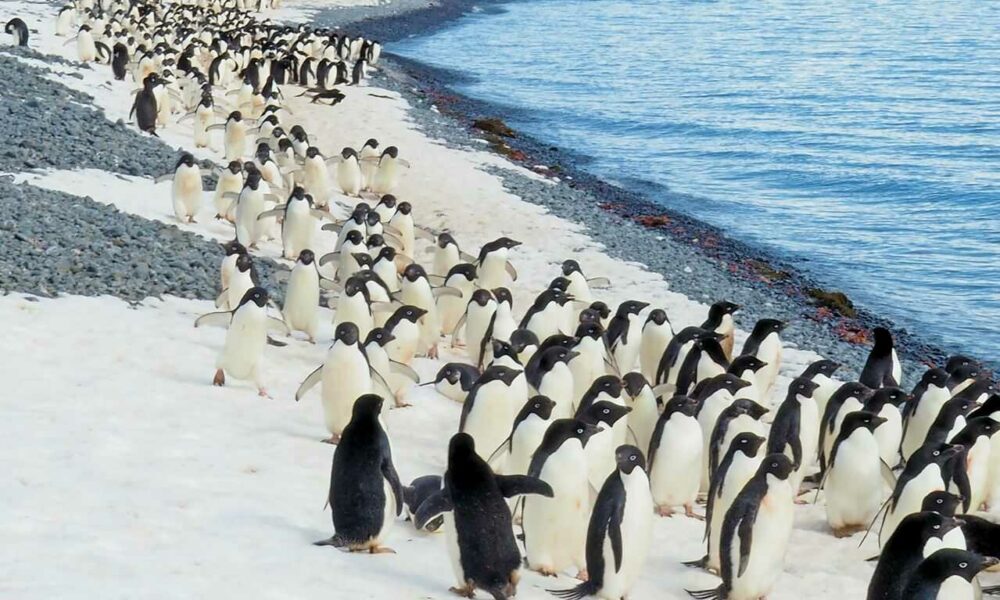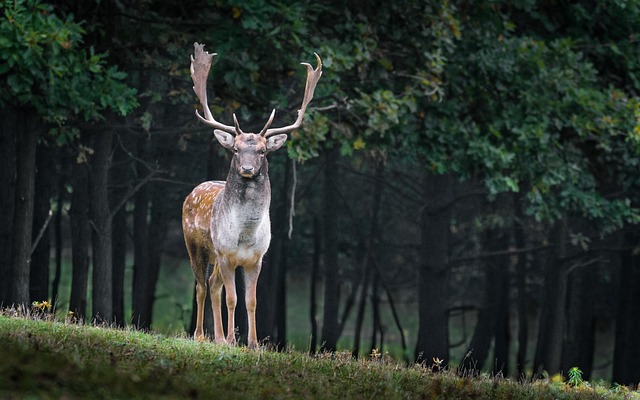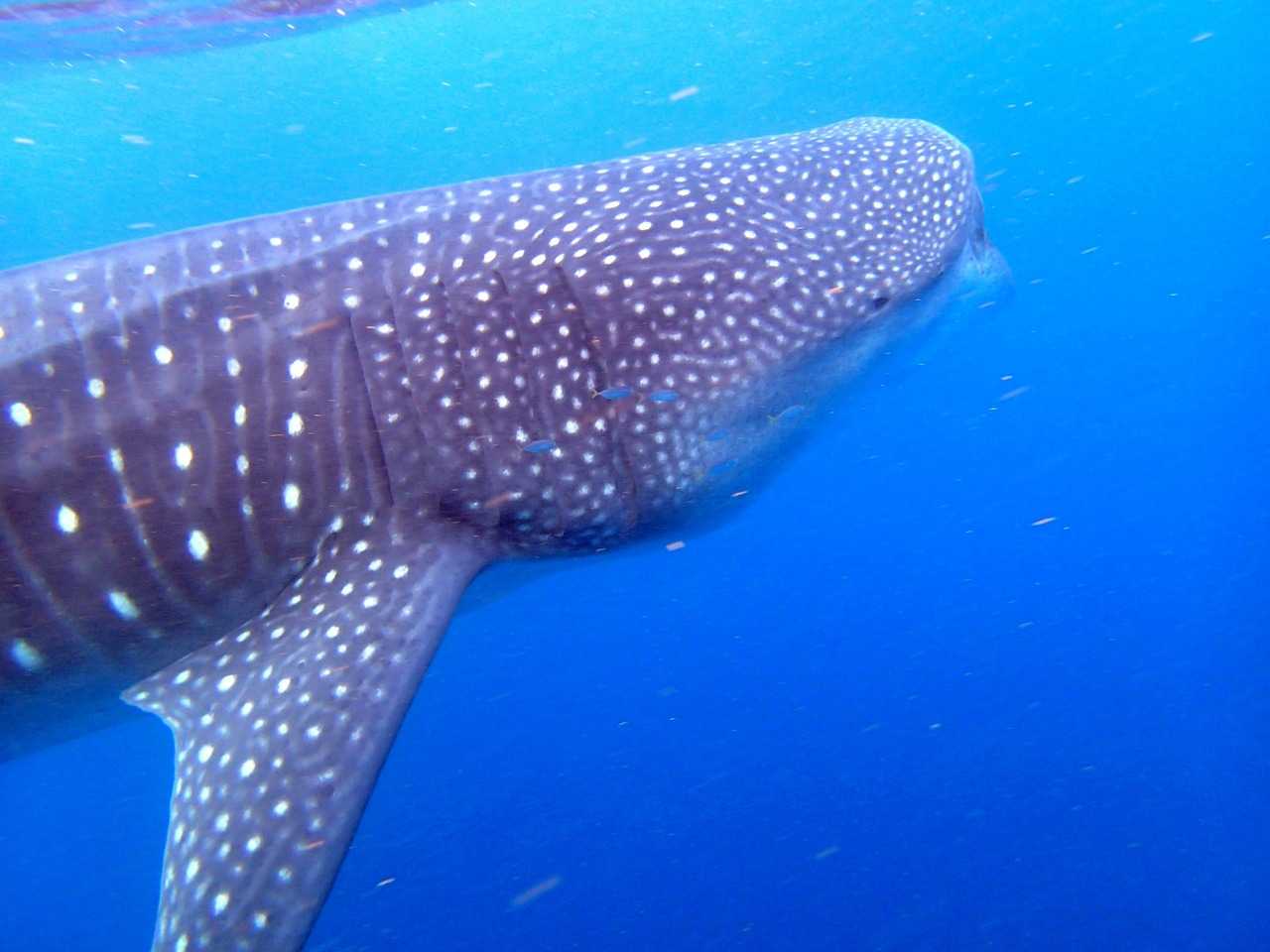
Whale Shark
Whale Shark
Whale Shark
The whale shark, known for its immense size and gentle nature, is a giant of the sea. This article delves into the ecology, characteristics, and importance of conservation of the whale shark. Let’s explore together!
Whale Shark Basic Infomation

| Property | Value |
|---|---|
| Scientific Name | Rhincodon typus |
| Taxonomic Status | Accepted |
| Rank | Species |
| Common Names | eng : Whale Shark fra : Requin baleine spa : Tiburón ballena |
| Kingdom | Animalia |
| Phylum | Chordata |
| Class | Elasmobranchii |
| Order | Orectolobiformes |
| Family | Rhincodontidae |
| Genus | Rhincodon |
| Conservation Status | Data Deficient, Endangered |
| Habitat | Primarily found in tropical to subtropical seas |
| Description | The whale shark is a very large shark, with a cylindrical to slightly flattened body shape. Its head is very broad and flat with five large gill slits. The gill slits do not have gill rakers, but inside are bars and lobes of a filter grid. The snout is very short and blunt, and the mouth is very large and extends behind the eyes. The back is gray, blue-gray, reddish-brown, or greenish-brown with white or yellow spots and vertical and horizontal lines forming a characteristic checkerboard pattern. |

Basic Information about the Whale Shark
The whale shark, known scientifically as 'Rhincodon typus,' is the largest fish in the world. This shark is especially famous for its immense size, with adults typically reaching about 12 meters in length, and some individuals growing over 18 meters. Their body color is gray or blue-gray, speckled with white or yellow spots across their body, which can be useful for individual identification.
They inhabit tropical and subtropical oceans, often seen in the open sea but also appearing in coastal shallow waters. Their diet consists of plankton, small fish, and occasionally jellyfish. They have a very large mouth and consume food by sucking in large amounts of water.
Whale sharks are relatively docile and do not consider humans as a threat, making them relatively safe to approach during scuba diving and snorkeling activities. They are a popular tourist attraction in many countries, allowing for close observation of their graceful swimming.
Whale Shark Q&A

What is the origin of the name 'Whale Shark'?
The English name 'Whale Shark' derives from its enormous size and whale-like filter-feeding method. Its Japanese name 'ジンベエザメ' translates to 'whale shark,' which is named after the unique pattern on its body resembling the traditional Japanese work attire 'Jinbei.'

Why does the whale shark live there?
Whale sharks prefer warm waters and are predominantly found in tropical and subtropical regions. These areas provide abundant plankton, which is their primary food source, offering an ideal habitat. The vast open waters of these regions also suit their large size.

What does the whale shark eat?
As filter feeders, whale sharks primarily consume plankton, small fish, fish eggs, and crustaceans. They swim with their enormous mouths open, ingesting water and filtering these small organisms through their gill rakers.

How does the whale shark feed?
Whale sharks feed by opening theirgiant mouths, drawing in sea water and all it contains. The special structure in their gills, known as gill rakers, then filters out the food from the water. This efficient feeding mechanism allows them to consume large amounts of small food particles.

How are individual whale sharks identified?
Whale sharks are identified by the unique pattern of white spots and stripes on their skin, acting as a natural barcode. Researchers use photographs and databases to track and identify individual sharks by these patterns.

What is the maximum size of whale sharks?
Whale sharks can reach up to about 20 meters in length, though commonly seen individuals measure between 10 and 12 meters. They are the largest fish species in the world and their immense size is a major reason for their popularity among marine biologists and divers.

Would you like to become a part of the 'Animalbook.jp'?
Turn your knowledge into Q&A and share it with the world. ※Publication will be activated after purchase. Let's share information together!
Whale Shark Type of List

The whale shark (Rhincodon typus) is the only species in the Rhincodontidae family, and this genus contains no other species.
Information
Congratulations! You are the first commenter!

Would you like to leave a comment?
※Please note: This is for the purchase of rights to post comments within the article.
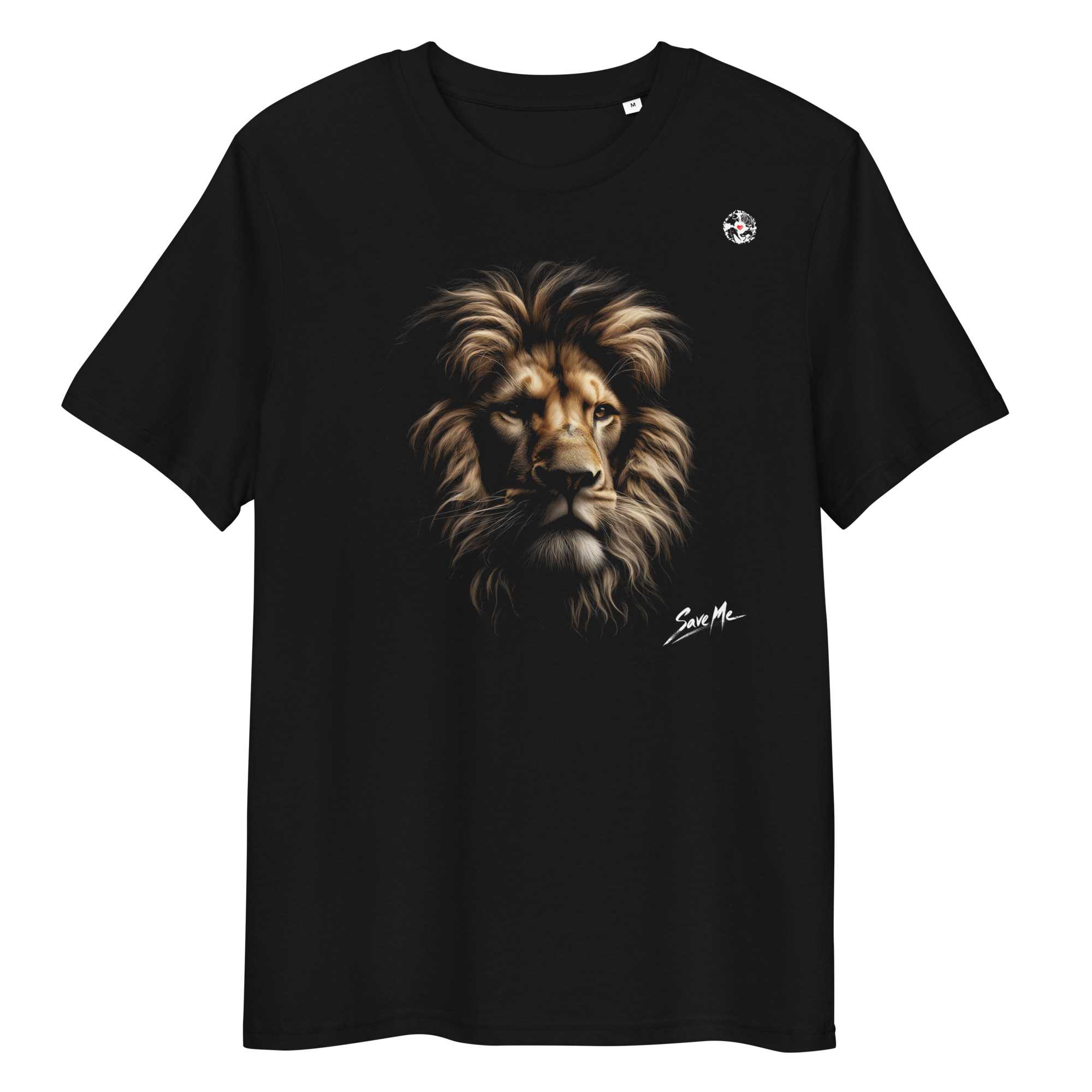
Find Your Favorites!
Our shop offers a unique and attractive selection of goods themed around various animals.
Whale Shark References
Whale Shark Introduction of media used
Pixabayが提供するClaudia Kirchbergerの動画

Domingo TrejoによるPixabayからの画像
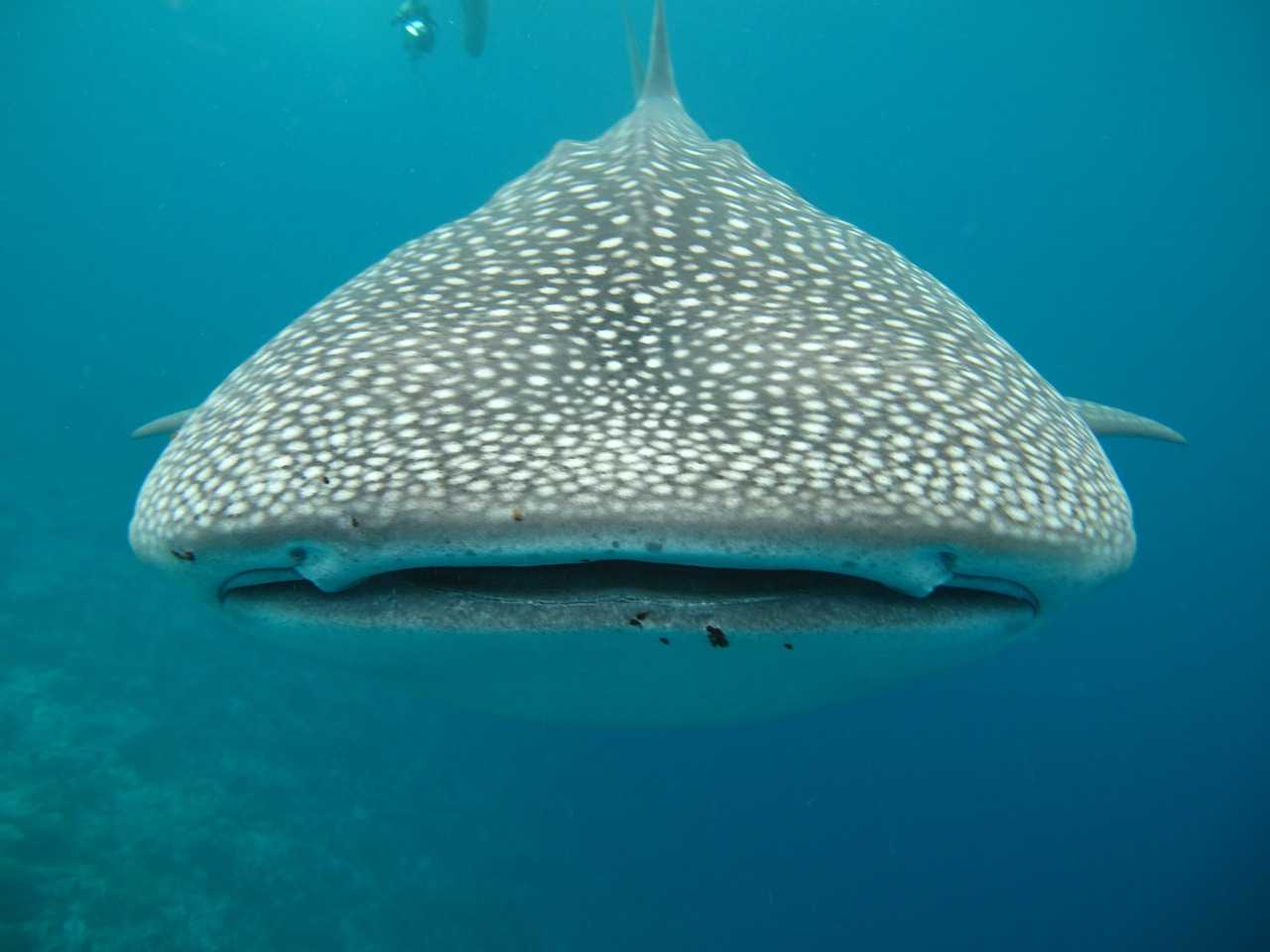
simone saponettoによるPixabayからの画像

Domingo TrejoによるPixabayからの画像
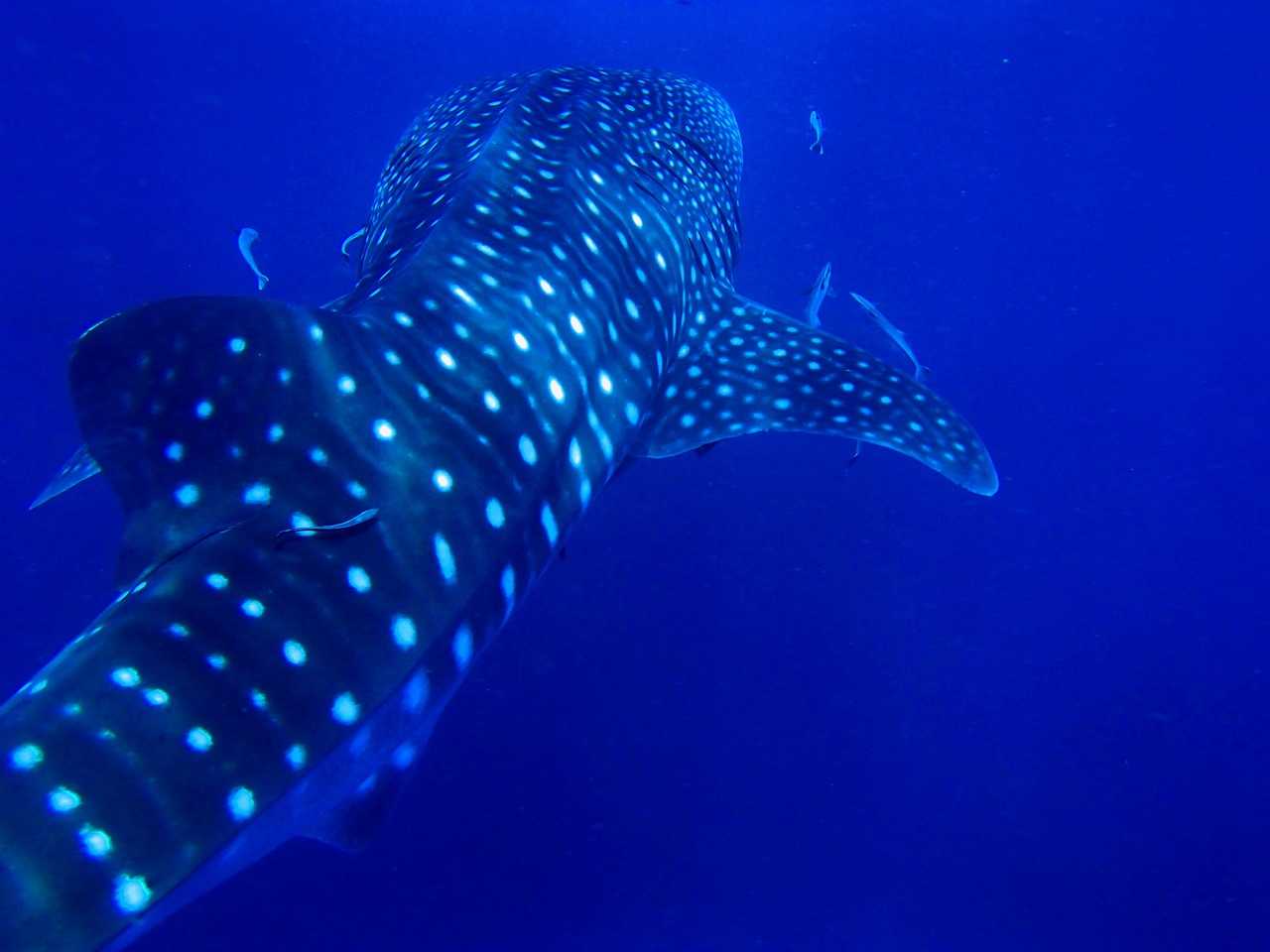
Alain BERGERによるPixabayからの画像
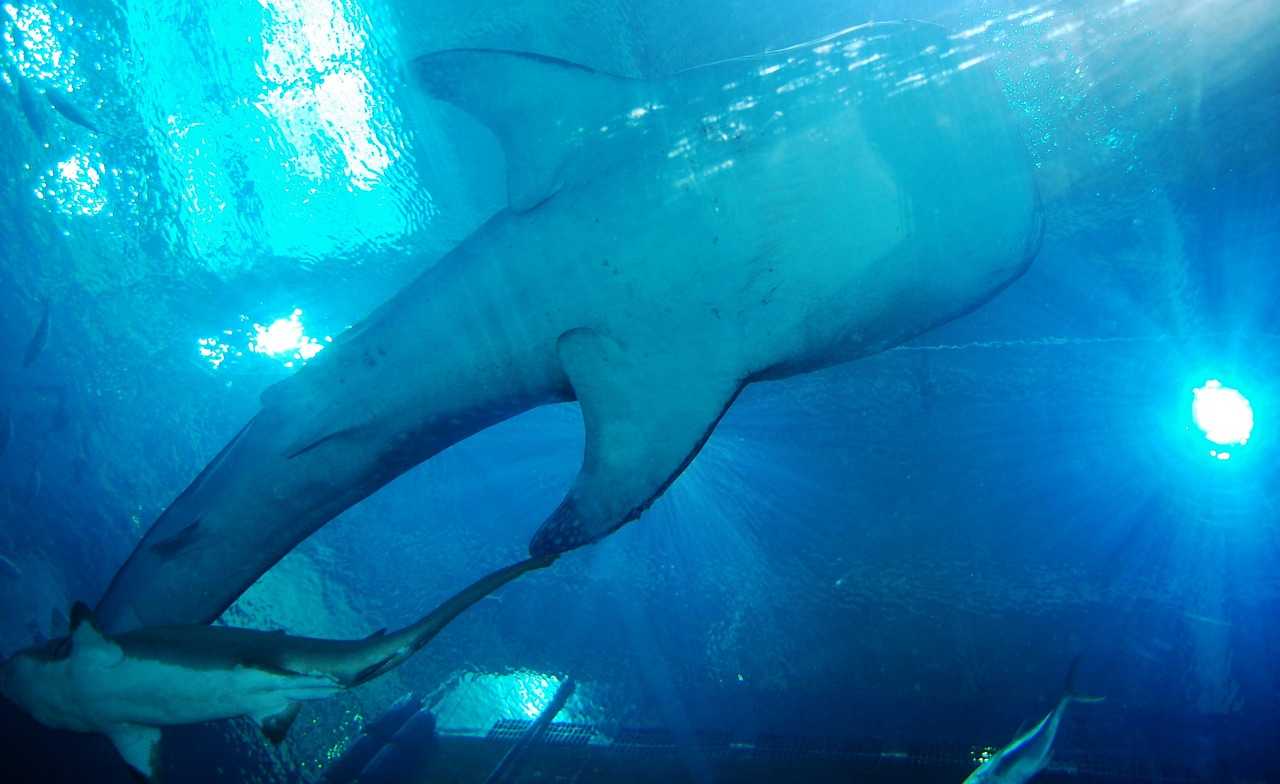
Domingo TrejoによるPixabayからの画像

Help Enrich Our Animalbook.jp with Your Media!
We are constantly looking to expand and enrich our Animalbook.jp with amazing photos and videos of animals. If you have any media that you'd like to share, please contribute and help us showcase the beauty and diversity of the animal kingdom. Your submissions will be credited and featured in our encyclopedia, reaching a wide audience of animal lovers.
